
Super Dwarf Pampas Grass Cortaderia selloana Tiny Pampa
Cortaderia selloana (pampasgrass) is a large perennial grass (family Poaceae) found along the coast of California, and in the Coast Ranges, Central Valley, Western Transverse Ranges, and Mojave Desert. Pampasgrass favors dunes, bluffs, coastal shrublands and marshes, inland riparian areas, and disturbed areas.

Pampas Grass 3 Live Plants in 6 Inch Pots Cortaderia Selloana Be Wekiva Foliage
Pampas Grass: Growing Cortaderia Selloana In Gardens - Epic Gardening 2.58M 1.1M 2.8M 902K 85.1K Shop Edible Gardening Companion Planting Harvesting Microgreens Nut Trees Ornamental Gardening Cacti & Succulents Ground Cover Houseplants Shrubs Trees Vines Soil & Compost Fertilizers Soil Improvement Basics Accessible Gardens Gardening Tips
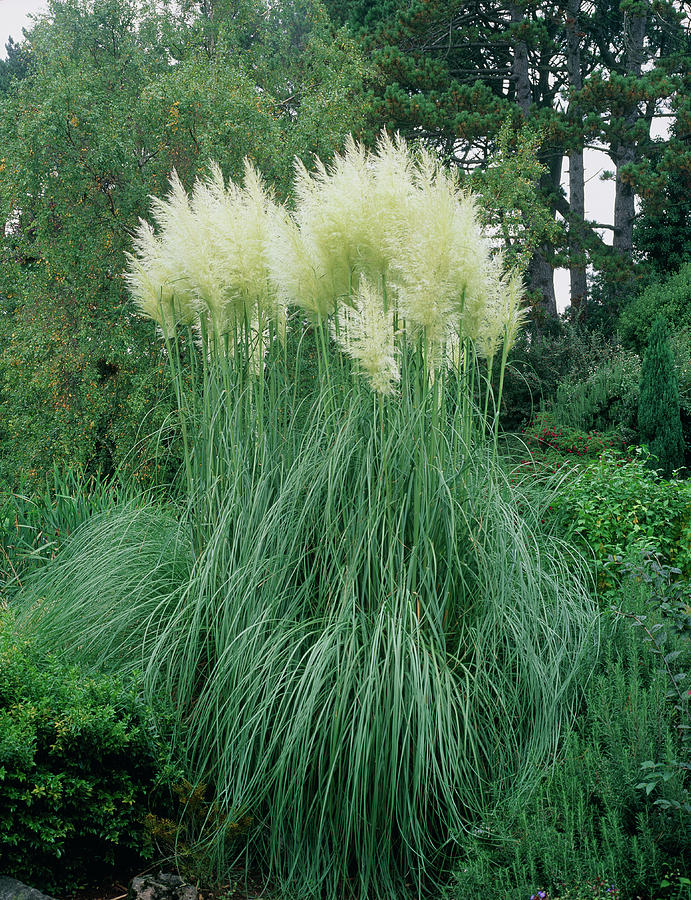
Pampas Grass (cortaderia Selloana) Photograph by Geoff Kidd/science Photo Library Pixels
Pampas grass is a large, ornamental grass with unmistakable feathery white plumes. Pampas grass grows best in hot and humid areas but can thrive even in colder regions, as long as it grows in full or partial sun, and well-draining loamy soil. Pampas Grass Care Here are the main care requirements for growing pampas grass.

Grass, Cortaderia selloana Pampas Moss Greenhouses
Scientific name: Cortaderia selloana. Pampas grass is a well known outdoor clumping grass which bears floral plumes which can be cut for indoor floral arranagements. Pampas grass is a large perennial ornamental grass that grows in clumps 8' to 10' tall bearing tall silvery-white plumes which rise to a height of 12'.

Pink Rosea Cortaderia Selloana Pampas Grass Pumila Tall Feathery Decorative Plants from
Dwarf pampas grass (cortaderia selloana pumila) is an ornamental grass with long green stems and a fluffy, creamy white flower on the ends. Easy to grow and maintain, dwarf pampas grass can accompany a small garden or can fill up a large area of your yard. The plant can grow in pots or the ground-whichever is your preference.

Giant PINK Pampas Grass Cortaderia selloana rosea Large Specimen Plant Ornamental Grasses
Cortaderia selloana 'Pumila' is a compact Pampas Grass that is perfect for mid-sized gardens. Quite showy, this South American native features magnificent, dense tussocks of arching, narrow gray-green leaves that are gracefully topped from late summer to mid-winter by huge, silky, creamy-white plumes.
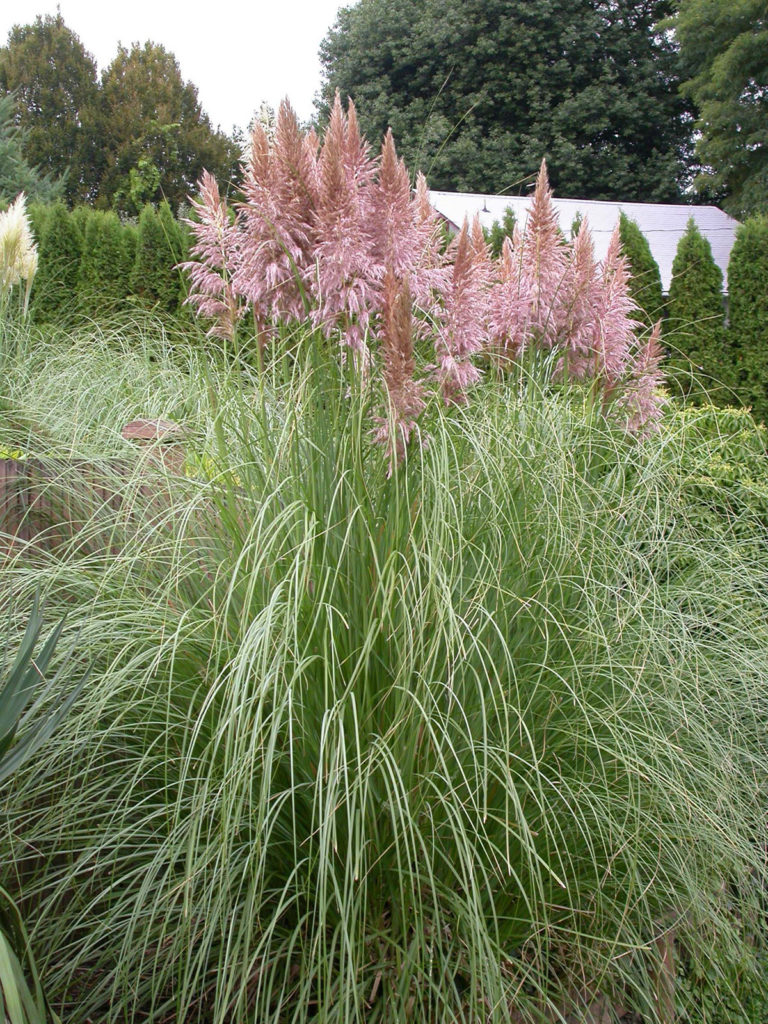
Cortaderia selloana Pampas Grass Pink Feather Plants4Home
Pampas grass (Cortaderia selloana) is a large ornamental grass that grows in many places across the world. It is a perennial flowering plant and can be used in a range of landscapes. As you might expect, when planting and taking care of any type of grass, pampas grass does not require a lot of time or effort.
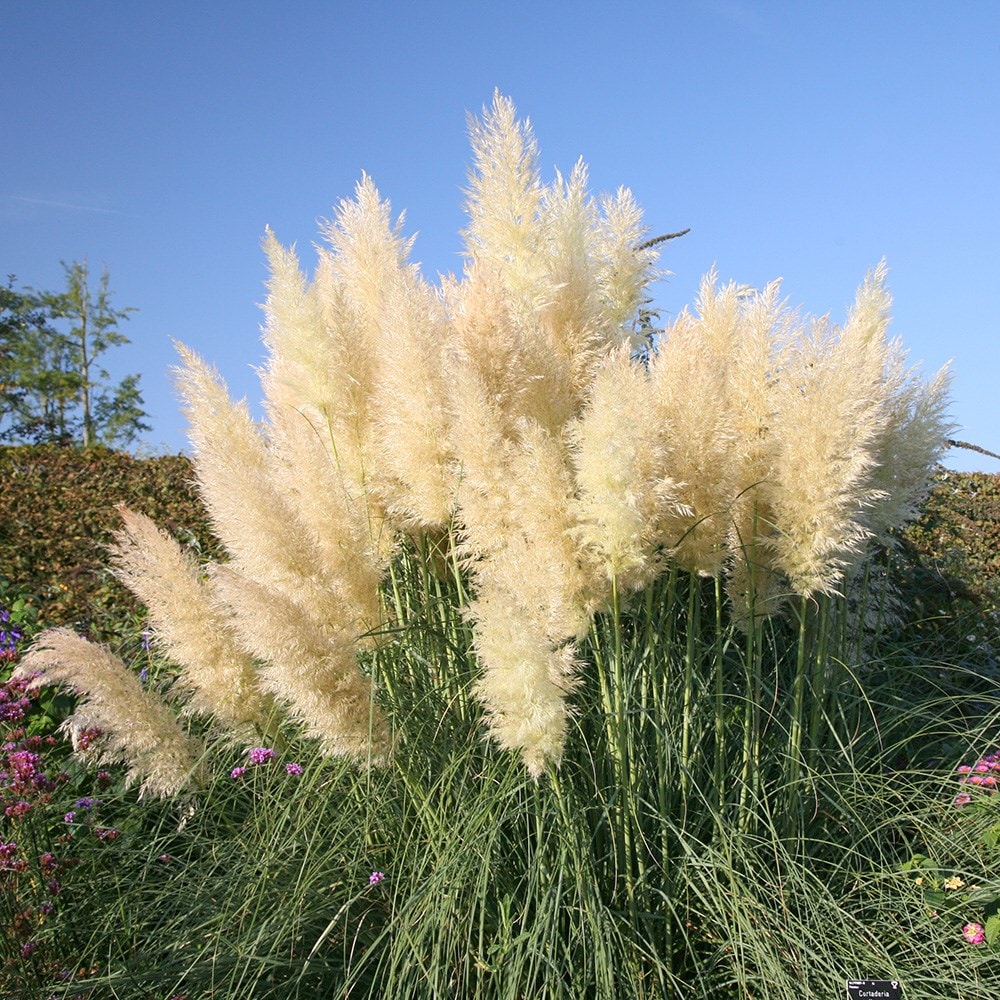
Buy pampas grass Cortaderia selloana 'Pumila' Delivery by Waitrose Garden in association with
Uruguayan pampas grass. Cortaderia selloana is a perennial grasslike herb that is not native to California. [Cal-IPC] Invasive: Cortaderia selloana (pampasgrass) is a large perennial grass (family Poaceae) found along the coast of California, and in the Coast Ranges, Central Valley, Western Transverse Ranges, and Mojave Desert.
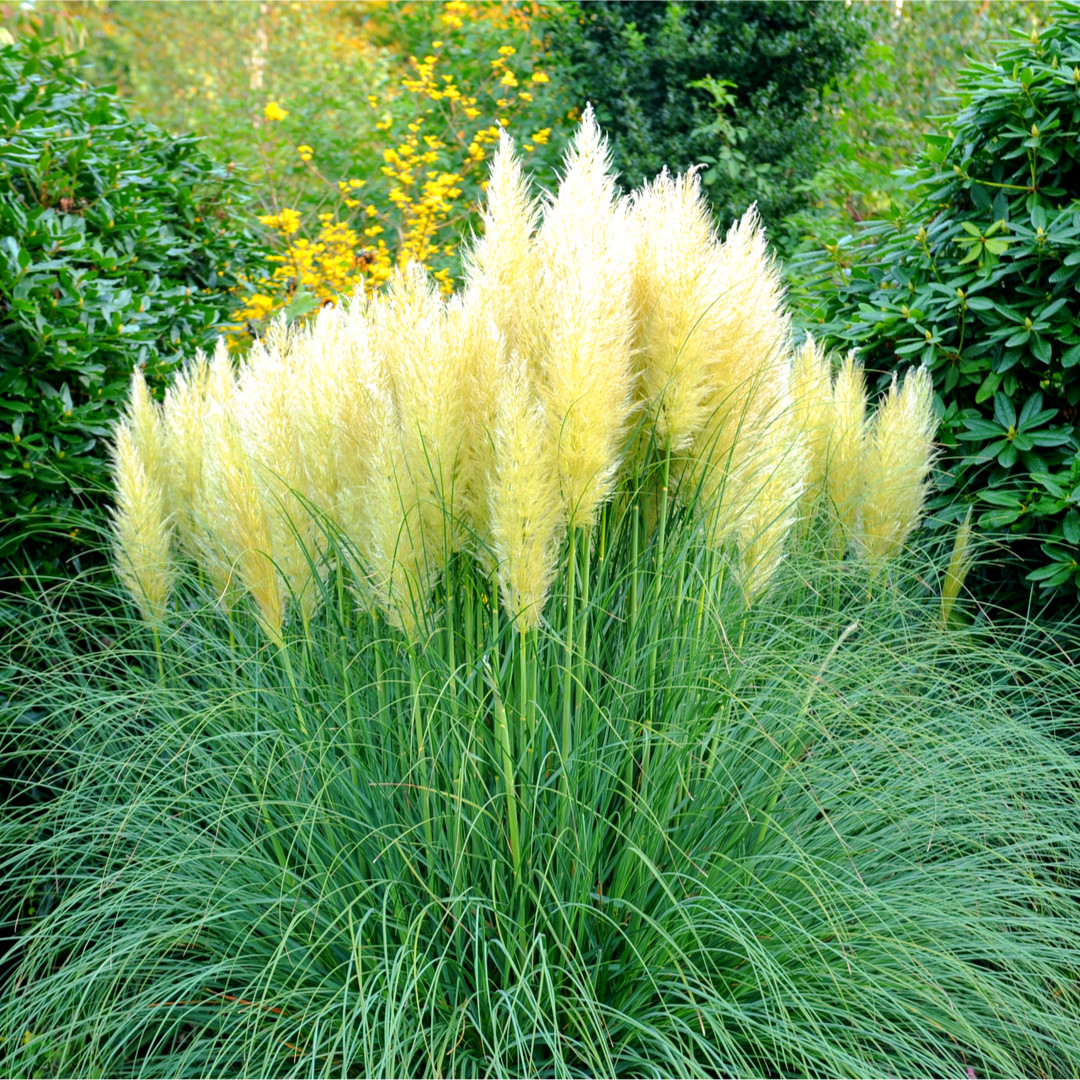
Cortaderia selloana 'Pumila'/ Pampas Grass 3040cm in 9cm Pot, Silky Creamywhite Plumes
It is a common urban invader. [12] Pampas grass is fast-growing and can form large masses along the roads, cliffs, riverbanks, and open areas that have been disturbed by human activities or natural disturbances. Pampas grass can displace native plants and destroy their habitats, reducing biodiversity. [citation needed]

Cortaderia selloana (Pampas Grass, Uruguayan pampas grass) North Carolina Extension Gardener
Pampas grass, Cortaderia selloana, is a large ornamental grass, forming large, compact tufts of rough-edged leaves from which dense silvery flower panicles emerge on strong stems in summer.It's traditionally grown as a specimen in the middle of a lawn, but also looks good grown in a shrub border among herbaceous perennials.
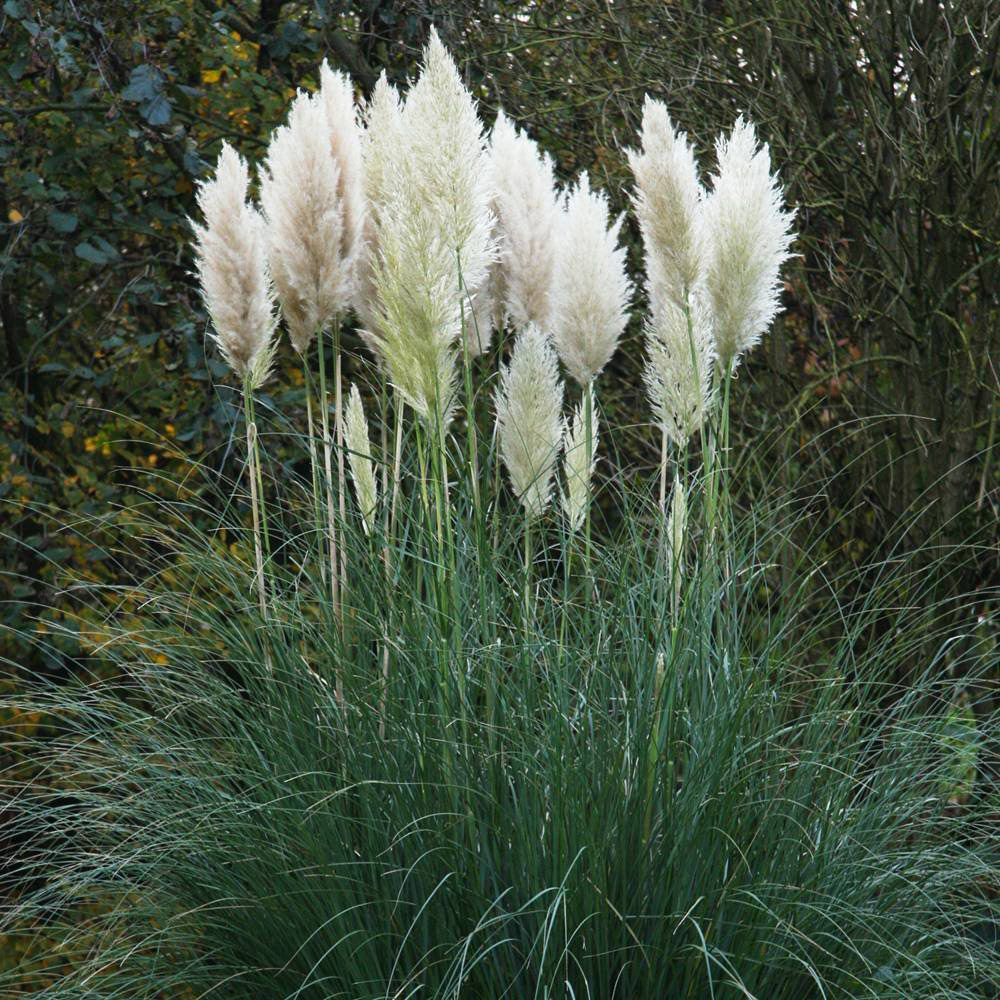
Pampas grass (Cortaderia selloana) Tooth Mountain Nursery
Free 2-day Shipping On Millions of Items. No Membership Fee. Shop Now!
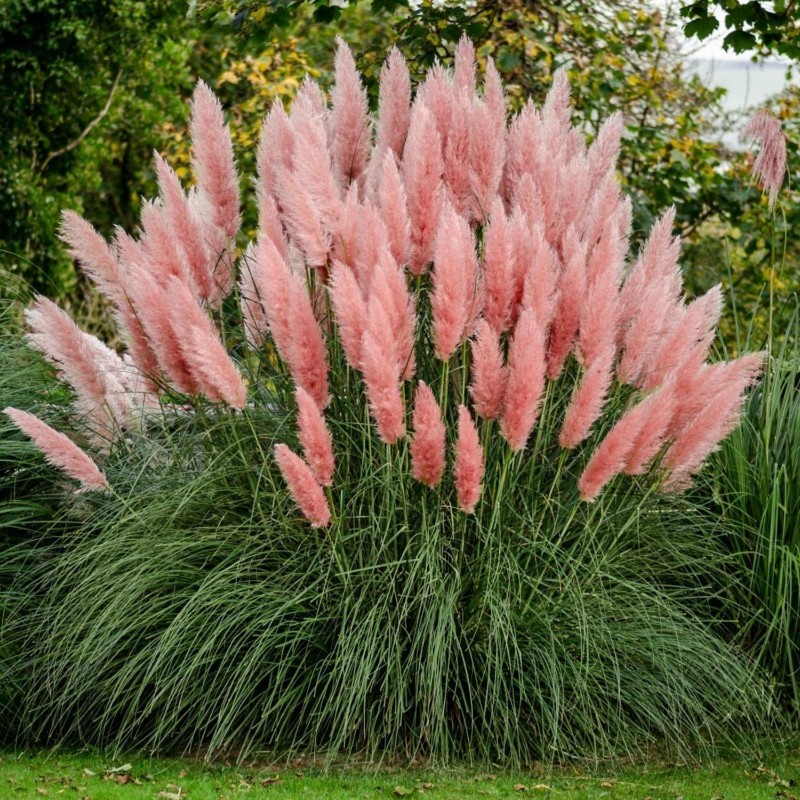
Pink Pampas Grass Seeds (Cortaderia Selloana) Ár €1.50
Description Pampas grass is a large ornamental in the Poaceae (grass) family originating from South America. Large, dense, grassy mound, 6-10' x 6-10'. It prefers full sun and can add texture to a garden. These grasses produce tall, slim, weeping blades that can easily reach over a meter in length.

White Alba Cortaderia Selloana Pampas Grass Pumila Tall Feathery Decorative Grasses from
Cortaderia selloana, commonly called pampas grass, is native to Brazil, Argentina and Chile. It was planted around the world in Victorian times, and today is considered to be one of the most popular of the ornamental grasses.

Super Dwarf Pampas Grass Cortaderia selloana Tiny Pampa Ornamental Grasses Garden Plants
This datasheet on Cortaderia selloana covers Identity, Overview, Distribution, Dispersal, Hosts/Species Affected, Diagnosis, Biology & Ecology, Environmental Requirements, Impacts, Uses, Prevention/Control, Further Information. Identity Preferred Scientific Name Cortaderia selloana (Schult. & Schult.f.) Asch & Graebn., 1900 Preferred Common Name
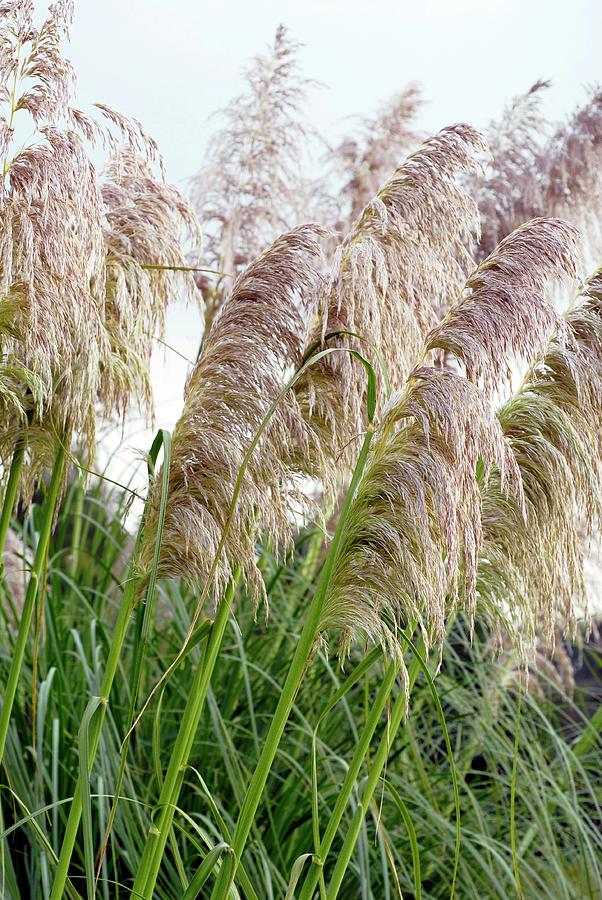
Pampas Grass (cortaderia Selloana) Photograph by Anthony Cooper/science Photo Library Fine Art
Mix up a growing medium using sol and perlite in a 2:1 ratio. By adding perlite to the soil, you get better drainage. Always ensure that your container has adequate drainage, and wet soil may cause root rot in your grass. Bestseller No. 1 NOTSWOH 2000-Pampas Grass Seeds for Planting Outdoors Home Garden
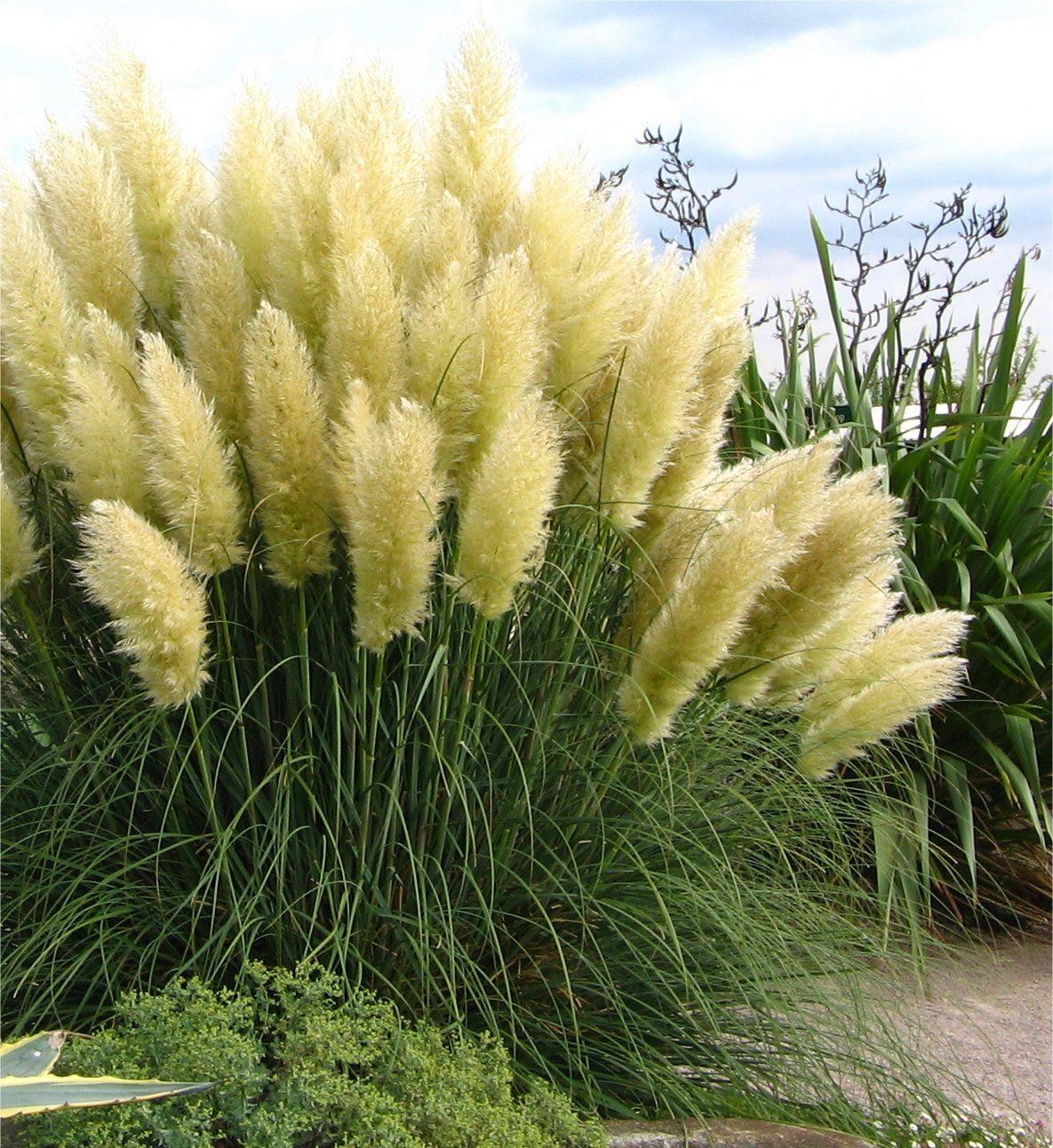
WHITE Pampas Grass Cortaderia selloana Pack of THREE Plants Garden Plants
Etymology. The common name pampas grass, though strictly referring to C. selloana, is frequently applied to all species in the genus (and sometimes also to species of Erianthus and Saccharum ravennae).The name of the genus is derived from the Argentine Spanish word cortadera, which in turn refers to the sharp serrations on the leaves. Cortaderia jubata and C. rudiuscula produce copious seed.